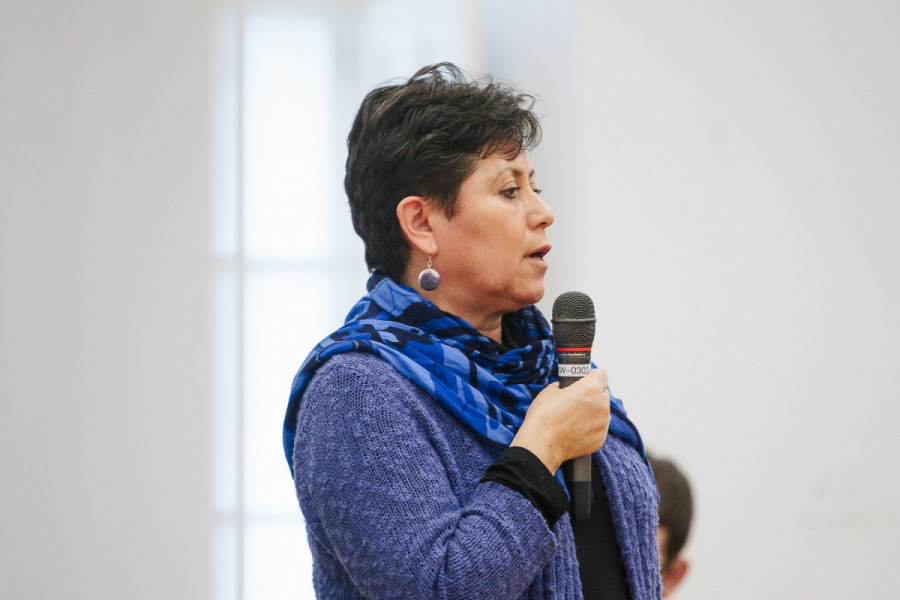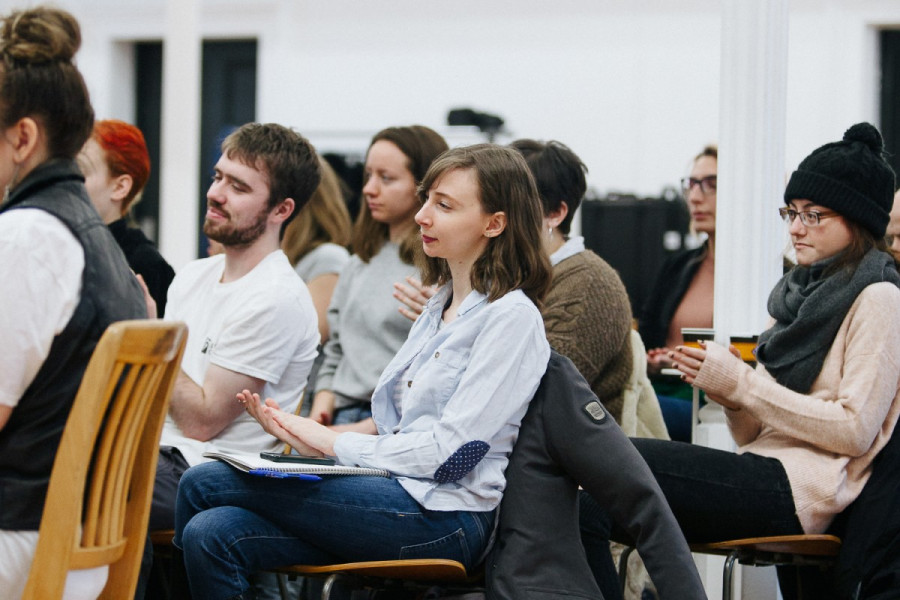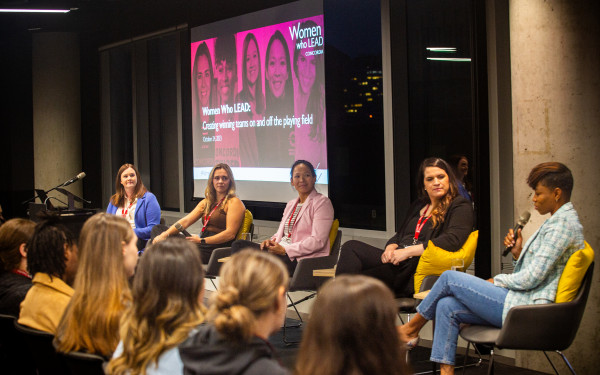Concordia’s Indigenous Directions Leadership Group Discusses Need for Cultural Space
First Voices Week Panel Asks for More Indigenous Faculty, Projects
Dozens of students, and various members of Indigenous communities, piled into a Grey Nuns conference room to spark an open conversation about the future of Indigenous people at Concordia Wednesday.
As part of First Voices Week, the Indigenous Directions Leadership Group hosted a panel on the future of Indigenous students, staff, and faculty.
“Indigenous peoples need to be present and working at every level of the institution,” said Donna Goodleaf, Concordia’s Indigenous curriculum and pedagogy advisor.
Goodleaf, kicked off the conference with an opening address, where she invited participants’ hearts and minds to come together as one.
The IDLG agreed that Indigenous education has to permeate every level of the curriculum—Concordia needs to strive for a greater representation of Indigenous faculty.
One of the objectives of the IDLG is to create a lasting alliance between Concordia’s Indigenous and non-Indigenous communities that will evoke progressive change. “To take learning outside of the classroom and connect with the earth,” Goodleaf explained.
The IDLG, started in late 2016, continues to work on Concordia’s recognition of the Truth and Reconciliation Commission’s Calls to Action.
In 2002, Jason Lewis, a Concordia professor of Design and Computation Arts, was the only full-time Indigenous faculty member at Concordia. Since then, the Indigenous faculty has increased to nine members.
“I recognize the importance of voices that need to be heard.” — Brooke Wahsontiiostha Deer.
Brooke Wahsontiiostha Deer, president of Concordia’s Indigenous Student Council, is a representative of Indigenous students and a mediator between Indigenous students and non-Indigenous faculty.
With the IDLG, she has organized a panel series called Travelling Against the Current, aimed at giving Indigenous faculty, undergraduate, and graduate students a platform to discuss their experiences as Indigenous peoples on campus. Their last panel will take place on March 29 and will focus on the experiences of faculty members.
“I recognize the importance of voices that need to be heard,” said Deer.
The Aboriginal Student Resource Centre is an on-campus resource for First Nations, Métis, and Inuit students. While this centre is open throughout the week, the IDLG and the ISC discussed the need for a cultural space accessible to students at all times.
The mandate of the ASRC is focused on student services. A cultural space would provide a safe and inclusive environment for all students—they would not feel obligated to provide explanations to non-Indigenous students there. Lewis took advantage of a cultural space during his studies at Standford University—he said it was central to his student experience.
“It provides an anchor around student Indigenous life,” Lewis said.



_600_832_s.png)

_600_375_90_s_c1.jpg)
_600_375_90_s_c1.jpg)
